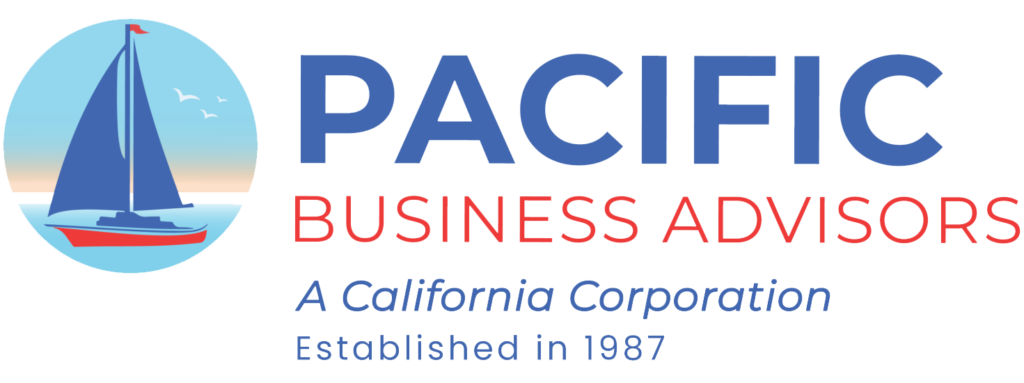

Glossary of Business, Corporate Finance and Investment Terms
Closed Corporation or Privately Held Corporation
A Closed Corporation is a corporation with only a few shareholders often members of a family. There is no public market for such stock.
Closely Held Corporation
A Closely Held Corporation is a corporation where most of the voting stock is owned by only a few stockholders but some shares are owned publicly.
Collection Ratio
This is the ratio of a firm's average accounts receivable to its average daily sales. Average daily sales are divided into average accounts receivable to determine the average number of days it takes to convert sales to cash. See Accounts Receivable Turnover.
Commercial Paper
Short term notes with maturities of 2 to 270 days issued by corporations with excess cash. The notes are unsecured and are usually sold at a discount. Corporations that issue Commercial Paper usually have a line of credit as a backup. Commercial Paper interest rates are generally lower than bank rates.
Common Stock Ratio
This is the percentage of total capitalization represented by the common stock. A high percentage indicates a lack of leverage and a high degree of safety in the event of a liquidation. Companies with stable earnings can more safely leverage their capital structure so as to increase the return on capital.
Conglomerate
This is a corporation consisting of divisions or subsidiaries involved in a wide variety of businesses. These businesses may or may not be related to each other from an operations standpoint.
Consolidated Financial Statement
A financial statement that consolidates all income, expenses, assets and liabilities of a Parent Corporation and its Subsidiaries.
Controller or Comptroller
This person is the chief accountant for a firm and may also serve as Treasurer in smaller firms.
Contingent Liability
A liability that arises only upon the happening of a defined event. An example would be a guarantor of a loan becomes liable if the borrower defaults.
Corporate Pyramid Structure
In a corporate pyramid, one corporation controls a second corporation while the second corporation controls a third corporation and so on. For example, Corporation A owns 51% of the stock of Corporation B and thus controls it. Corporation B owns 51% of the stock of Corporation C and thus controls it. The person that owns 51% of the stock of Corporation A now controls all three corporations.
Corporation
A corporation is a legal entity created under the laws of each state having its own privileges and liabilities separate from those of its stockholders. Stockholders have limited liability, elect directors who elect the officers, and can receive dividends if the corporation is profitable.
Creative Destruction
This refers to new technologies and businesses that produce new industries and jobs that end up destroying or minimizing older industries that become obsolete. Examples include personal computers replacing typewriters, automobiles destroying the business of making harnesses (for horses), and on-line publications replacing traditional print newspapers. Creative Destruction is inherent in capitalism and freedom. It is not to be confused with the definition described by Karl Marx.
Credit Enhancements
These are techniques used by issuers of bonds or notes to improve the credit rating of the debt thus reducing the interest rate paid.
Cross Holdings
Exist when a corporation owns another corporation's stock. Double counting must be eliminated from Consolidated Financial Statements when Cross Holdings exist.
Crown Jewel Defense
A Poison Pill strategy in which a takeover target spins off or sells a valuable asset to discourage the takeover.
Current Assets
These are cash, accounts receivable, inventory and other assets that are likely to be converted into cash in the normal course of business within twelve months.
Current Liabilities
These are liabilities that are due within twelve months.
Current Ratio
This important ratio is determined by dividing the current assets by the current liabilities. The ratio indicates a firm's ability to pay its current obligations from current assets. A firm with a reliable cash flow can operate more safely with a low current ratio than a firm with an unreliable cash flow.
PacificBusinessAdvisors.net
Office: 818-991-5200
Direct: 818-991-9019